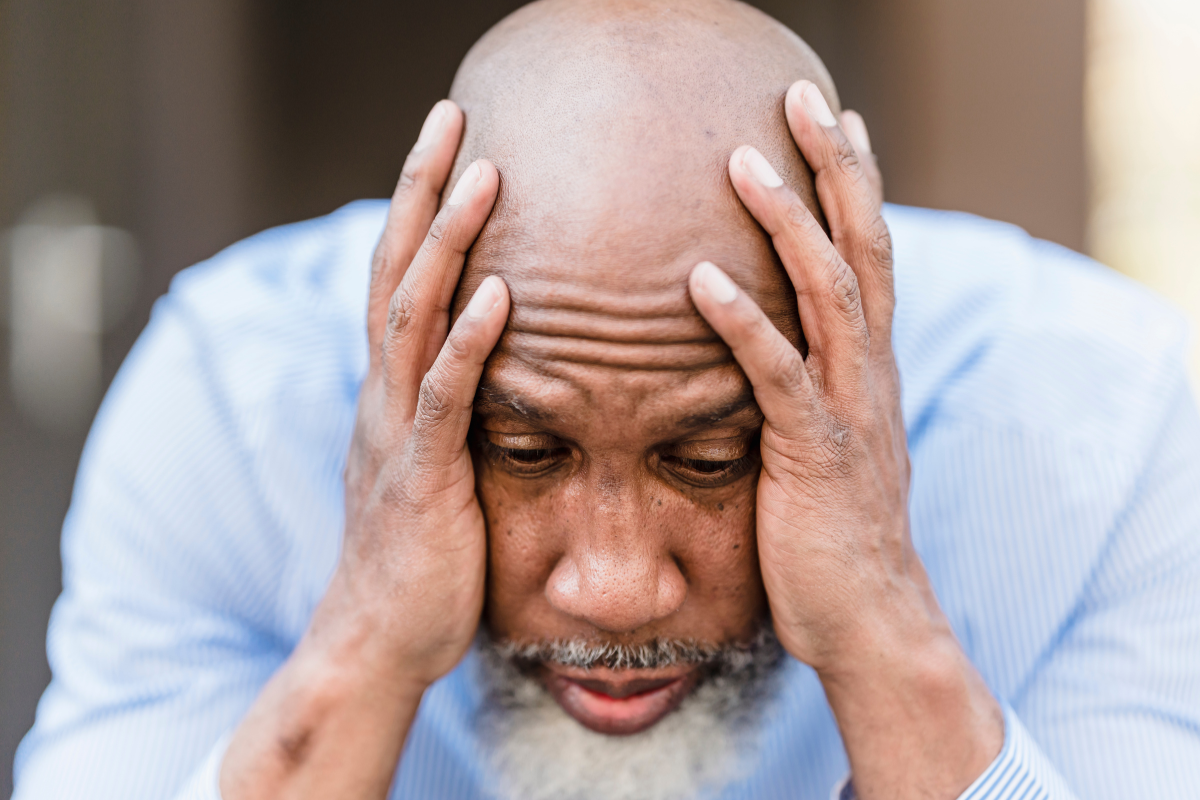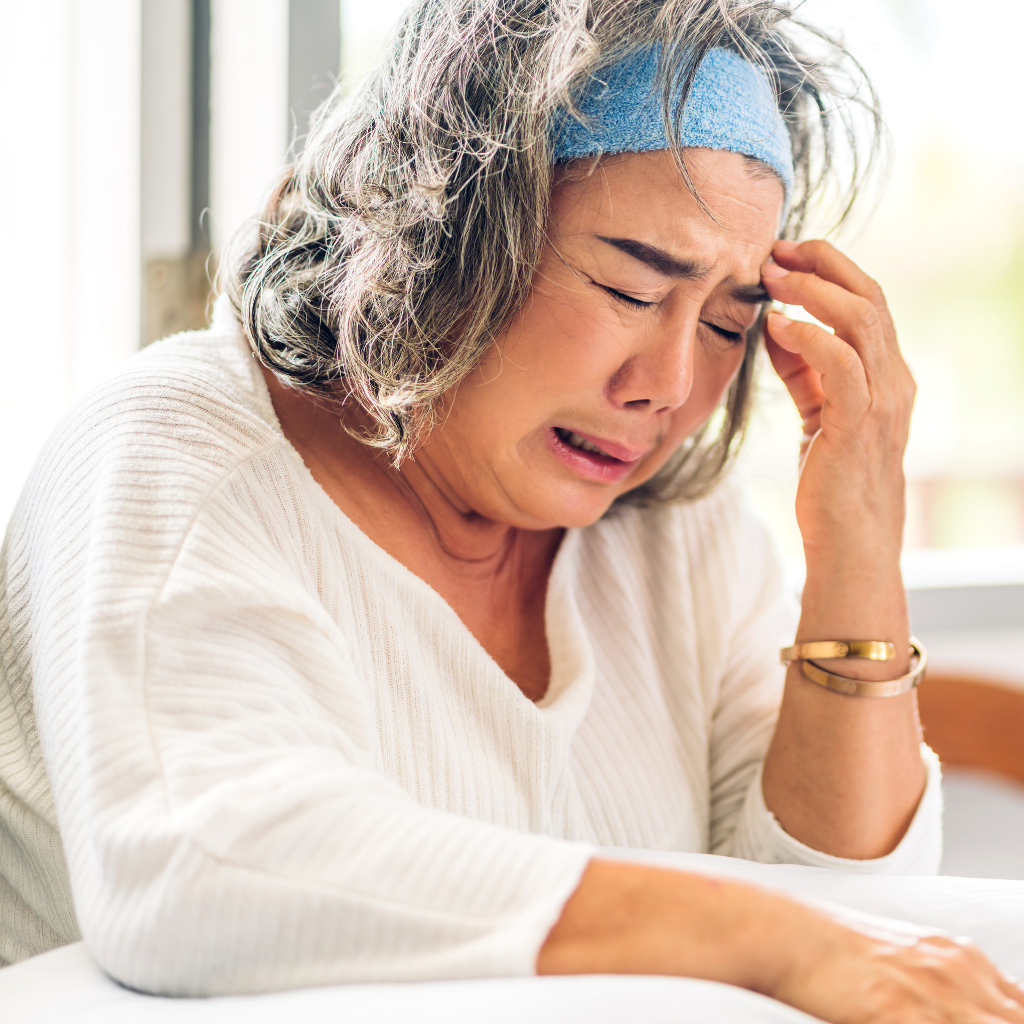What Are The Most Common Behavioral Disorders Found In Older Adults?

Jasmine Zaman

Behavioral changes in older adulthood often carry more weight than we realize. They’re not just signs of “getting older” but sometimes reflections of underlying mental health conditions. Among these, depressive disorders remain the most common and impactful. Unlike the externalizing disorders seen in younger populations, emotional and cognitive symptoms tend to dominate in later life. Understanding how depression manifests, why it carries such weight in older adults, and how it can be effectively treated is essential to improving both mental and physical well-being in this stage of life.
Why the Impact of Depression Is Intense in Older Adults
Depression in older adults often presents differently than in younger populations, and its effects can be more profound due to various factors:
- Physical Health Conditions: Chronic illnesses such as heart disease, diabetes, and arthritis can contribute to the onset and severity of depression.
- Medication Side Effects: Certain medications used to treat other health conditions may have side effects that contribute to depressive symptoms.
- Social Isolation: Loss of loved ones, retirement, and reduced social interactions can lead to feelings of loneliness and depression.
- Cognitive Decline: Depression can exacerbate cognitive decline and may be mistaken for early signs of dementia.
These factors can make depression more challenging to diagnose and treat in older adults.

How Common Are Depression and Anxiety in Older Adults?
Depression and anxiety are prevalent among older adults, though the exact prevalence can vary based on factors such as health status and living conditions:
- Surveys and meta-analyses suggest that around one in three older adults may show clinically significant depressive symptoms (including subthreshold forms).
- In outpatient or primary care settings, the proportion reporting depressive and anxiety symptoms often approaches 40% or more in older populations.
- In the United States, approximately 14–15% of people aged 65 and older report having been diagnosed with a depressive disorder (major, minor, dysthymia).
- Anxiety disorders commonly coexist: many older adults with depression also struggle with excessive worry, rumination, or generalized anxiety symptoms.
The practical takeaway: depression is the more pervasive emotional disorder in older adults, and anxiety is a frequent companion.
What Are the Symptoms of Depression and Anxiety in Older Adults?
Symptoms of depression and anxiety in older adults can differ from those in younger individuals and may include:
Depression Symptoms in Older Adults
- Persistent low mood, sadness, or hopelessness
- Loss of interest in activities once enjoyed or social withdrawal
- Low energy, fatigue, slowness in movement or thoughts
- Sleep disturbances: insomnia, early awakening, or excessive sleep
- Appetite and weight changes (loss or gain)
- Feelings of guilt, worthlessness, or excessive self-blame
- Difficulty concentrating, forgetfulness, mental slowing
- Recurrent thoughts of death or suicidal ideation (less common but must be screened)
Anxiety Symptoms in Older Adults
- Excessive worry, often focused on health, finances, loved ones
- Persistent rumination or catastrophic thinking
- Restlessness, irritability, tension
- Difficulty sleeping (worry interfering with sleep)
- Trouble concentrating due to intrusive anxious thoughts
- Physical symptoms: palpitations, dizziness, gastrointestinal upset
These symptoms can overlap, making it challenging to distinguish between depression and anxiety.
How Depression and Anxiety Are Treated in Older Adults

Treatment for depression and anxiety in older adults typically involves a combination of approaches:
- Psychotherapy: Cognitive Behavioral Therapy (CBT) is effective in treating depression and anxiety by helping individuals identify and change negative thought patterns.
- Medication: Antidepressants and anti-anxiety medications can be prescribed, but they must be used cautiously due to potential side effects and interactions with other medications.
- Lifestyle Changes: Regular physical activity, a healthy diet, and adequate sleep can improve mood and reduce anxiety.
- Social Support: Engaging in social activities and maintaining relationships can alleviate feelings of loneliness and depression.
- Regular Monitoring: Regular follow-ups with healthcare providers ensure that treatment plans are effective and adjusted as needed.
A comprehensive treatment plan tailored to the individual’s needs can significantly improve quality of life.
Frequently Asked Questions (FAQs)
Is depression a normal part of aging?
No, depression is not a normal part of aging. While older adults may face challenges that can lead to depression, it is a treatable condition that requires medical attention.
How is depression in older adults different from depression in younger people?
Depression in older adults may present with more physical symptoms, such as fatigue or unexplained aches and pains, and may be associated with chronic health conditions.
Can depression lead to other health problems in older adults?
Yes, untreated depression can lead to complications such as increased risk of chronic diseases, cognitive decline, and even suicide.
What should I do if I think an older adult is depressed?
Encourage them to seek professional help. A healthcare provider can conduct an assessment and recommend appropriate treatment options.
Final Thoughts
Depression is a common and serious condition among older adults that can affect physical health, emotional well-being, and quality of life. Recognizing the symptoms and seeking timely treatment can lead to significant improvements. If you or someone you know is experiencing symptoms of depression or anxiety, it is important to consult with a healthcare provider to explore treatment options.
Responsibly edited by AI
Other Blog Posts in
Animo Sano Psychiatry is open for patients in North Carolina, Georgia and Tennessee. If you’d like to schedule an appointment, please contact us.
Get Access to Behavioral Health Care
Let’s take your first step towards. Press the button to get started. We’ll be back to you as soon as possible.ecovery, together.




